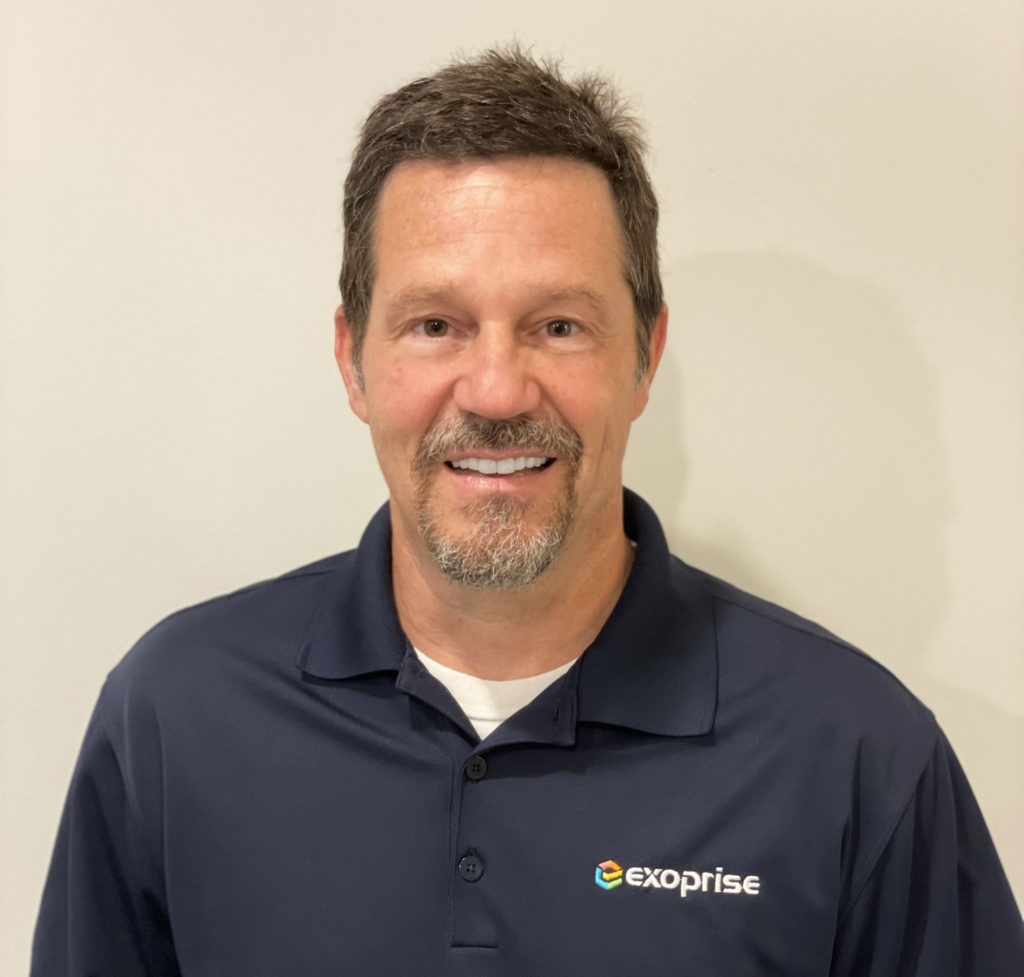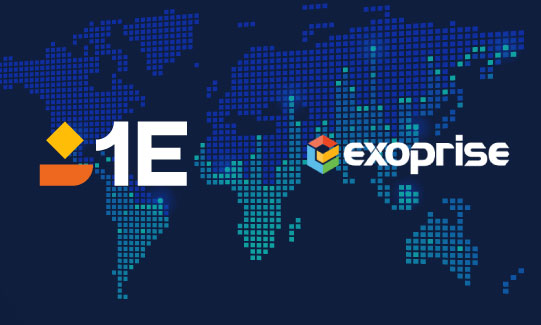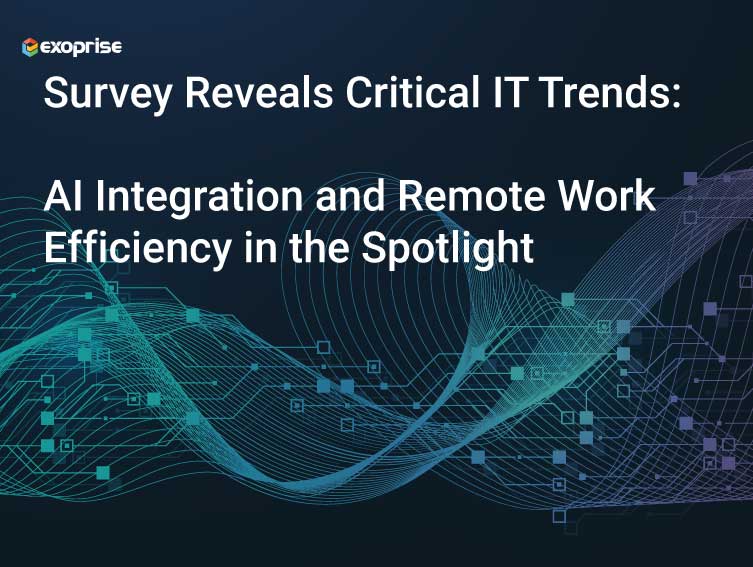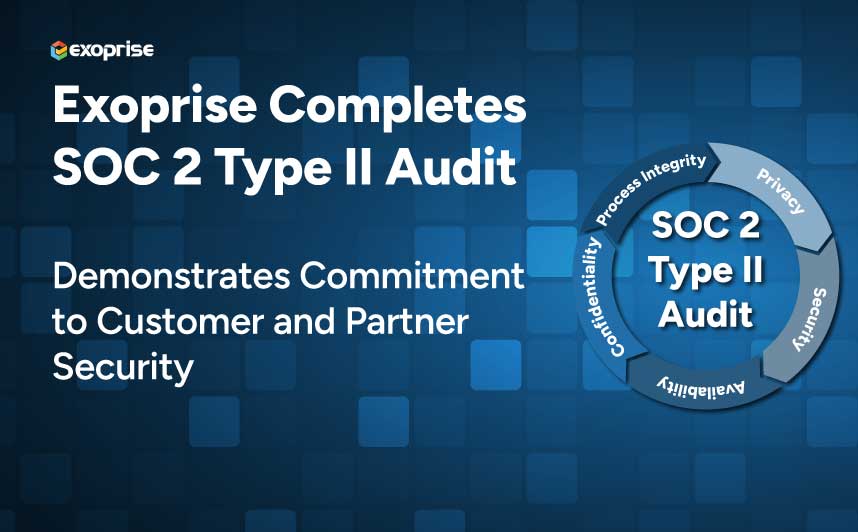London, UK and Austin, TX – October 3rd, 2024 – 1E, the leading Digital Employee…
Waltham, MA – November 10, 2021 – Exoprise, a leading provider of Digital Experience Monitoring (DEM) solutions for Microsoft 365 and Enterprise SaaS applications, was featured in Redmond Magazine, an online publication that provides IT professionals with valuable expertise in Microsoft technology.

Here is what our CEO, Jason Lieblich, had to say during the interview.
Redmond: What sort of organization needs digital experience monitoring?
Lieblich: Organizations are going through cloud service upgrades and network transformations, and everybody is working in a different location right now. IT is dealing with it but has no visibility into SaaS. Digital experience monitoring is a growing segment right now with several players. We’ve always been in this space with Microsoft 365-specific monitoring.
If there’s a problem with these services or apps, it affects everybody and impacts business productivity. Moreover, the remote work trend can affect mission-critical business operations. So, with SaaS, we’ve always thought about a different kind of monitoring approach since IT doesn’t control any apps.
From the beginning, we’ve thought that synthetically pen testing and transacting against these services is how you gain visibility, end to end. And with synthetic transactions, you know about something before it impacts a user.
Redmond: Do organizations turn to Exoprise out of frustration?
Lieblich: No, many of our customers come to us during the planning phase. They want to make sure that the service rollout will go well, and they want to be proactive about it.
Years ago, people may have thought that when you went to Office 365, your IT role would be simple. But it’s not that case. Everything is SAML and single sign-on, there’s proxies, SD-WAN, network changes, and you’ve got multifactor authentication with all these services, clouds and, finally, lots of different ISPs.
Redmond: Are things worse now with the switch to remote work?
Lieblich: Yes and it’s getting worse because it’s much more hybrid. Everybody is spread out and nobody knows where they’re working next week. With the pandemic, VDI [virtual desktop infrastructure] use has undoubtedly increased. And we have a lot of customers that are using our synthetic and real-user monitoring solutions from within VDI environments, whether it’s Windows 365 or Azure Virtual Desktop.

“I happen to believe that Microsoft does the best job of any cloud provider in communicating. People complained about Microsoft’s lack of communication, so instead, they turned it into a fire hose. Nobody can make any sense of it anymore since that time.” Jason Lieblich, Founder and President, Exoprise
Redmond: What are synthetic transactions?
Lieblich: We have headless browsers that can synthetically sign in through all of your single sign-on solutions, whether that’s Okta, Ping, Azure AD or ADFS. The browsers exercise the application. They time it and check all the errors and all the assets. The information is wrapped into a JSON packet and securely sent to our servers. That’s what synthetic transaction monitoring is, but our customers don’t have to train any of these sensors.
We do that for them. All they have to do is set it up, running on their environment. They deploy it to a machine within their environment, or they can now deploy it to users in homes, and it does lightweight tests of all the services, whether it’s Microsoft Teams, SharePoint, Outlook Web App and more. You can set it up to point to anything that Microsoft has — Intune, Dynamics, Power BI — and it will exercise that service, without having to maintain the scripts.
Redmond: Exoprise also crowdsources SaaS issues?
Lieblich: Everybody is running the same set of actions, so that we can crowdsource it. We show how long it takes to sign in and compare that time to somebody else in our global crowd. We don’t show you who those other customers are, though. IT deploys these services behind their firewall that report to our servers and our databases in the cloud. The information is aggregated and presented anonymously for all of our customers.
We crowdsource almost every metric in hop-by-hop detail — audio, video, jitter packet loss, everything — so that customers can diagnose any issue.
So, wherever you have users, you need to deploy what we call sensors. And you need to deploy synthetic transactions to make sure that those users are getting a good experience. And now, recently at the beginning of 2019 and into last year, we’ve started introducing real-user monitoring. So, we combine real-user monitoring plus synthetic monitoring for SaaS services, not just for Microsoft 365. It’s for Salesforce, Workday and Microsoft Dynamics. Also, ServiceNow is a big one for a lot of our customers. So, we provide that kind of coverage for all SaaS services.
Redmond: Microsoft does report its service outages, but to account administrators, and even then, it’s maybe not so timely?
Lieblich: I happen to believe that Microsoft does the best job of any cloud provider in communicating. People complained about Microsoft’s lack of communication, so instead, they turned it into a fire hose. Nobody can make any sense of it anymore since that time. So that’s what they did, and that’s pretty smart on their part.
We have some filtering, and we can help you incorporate that information into our dashboards. As a result, we are often a couple of hours ahead of Microsoft on finding out about problems. We also tell you when a problem doesn’t affect you because Microsoft has regional or locale-specific issues that may not affect your tenancy. We also help customers understand when service rollouts are finished and when something is really fixed.
Also, about 80 percent or 90 percent of the problems are not necessarily Microsoft’s problems. So, for example, some enterprises have proxies and SDWAN and are endlessly updating their network and DNS. And they screw stuff up themselves. Or it’s their ISP — it’s everything between that corporation and Microsoft. So that’s why you need end-to-end contextual synthetics, and that’s what we try to provide.
Redmond: Does Exoprise help organizations with service-level agreements (SLAs)?
Lieblich: Yes, our customers take our SLA reports, and they’ll package up that data and present it to Microsoft Support.
There’s a big price bump coming next year, but our customers aren’t going to be affected by it because they get SLA guarantees, and Exoprise pays for itself. And they don’t use our SLA reports just for Microsoft. They use it for Cogent, Level 3, other ISPs, all their network providers between them, and Equinox and Express Route companies.
Learn more:
- Digital Experience Monitoring for Apps, Endpoints, and Networks
- Exoprise Service Watch Browser
- Exoprise Service Watch Desktop
- Monitor ALL of Microsoft 365
- Follow Exoprise on Twitter
- Start a Free Trial


